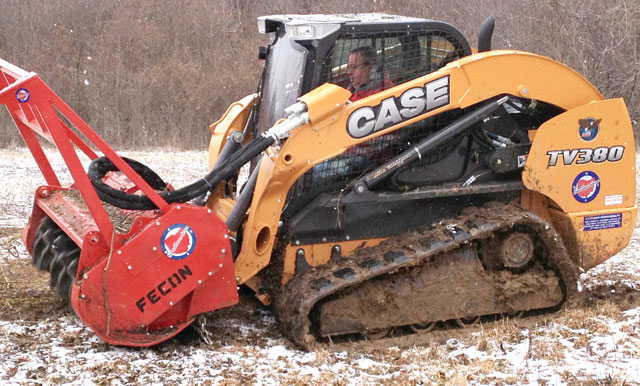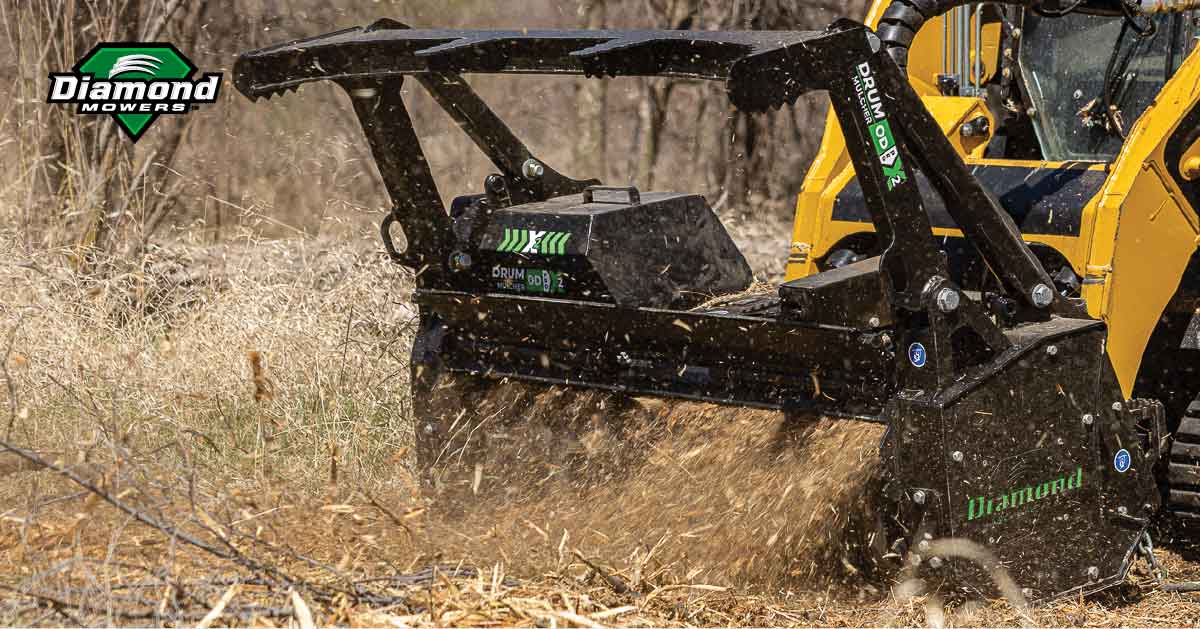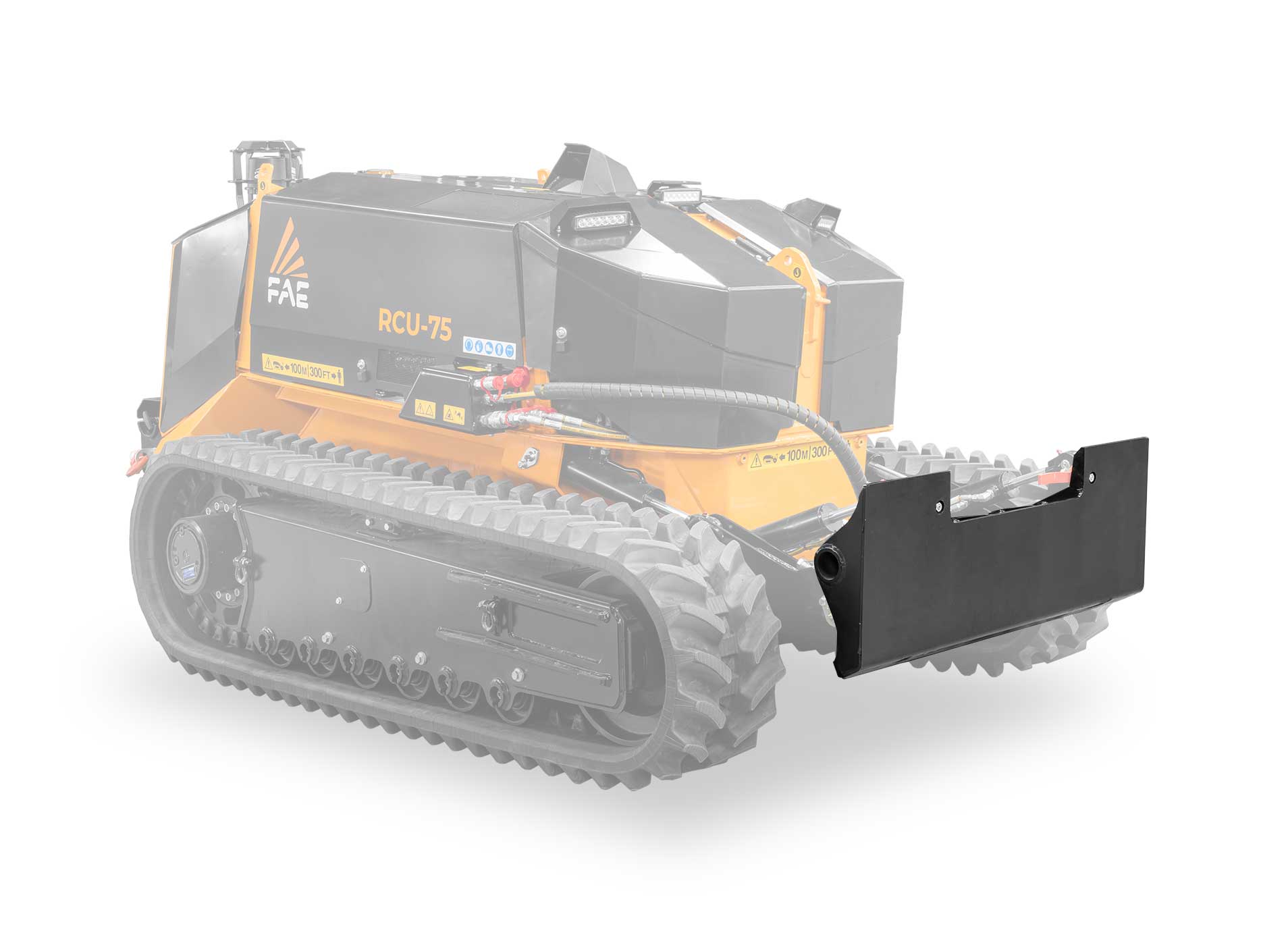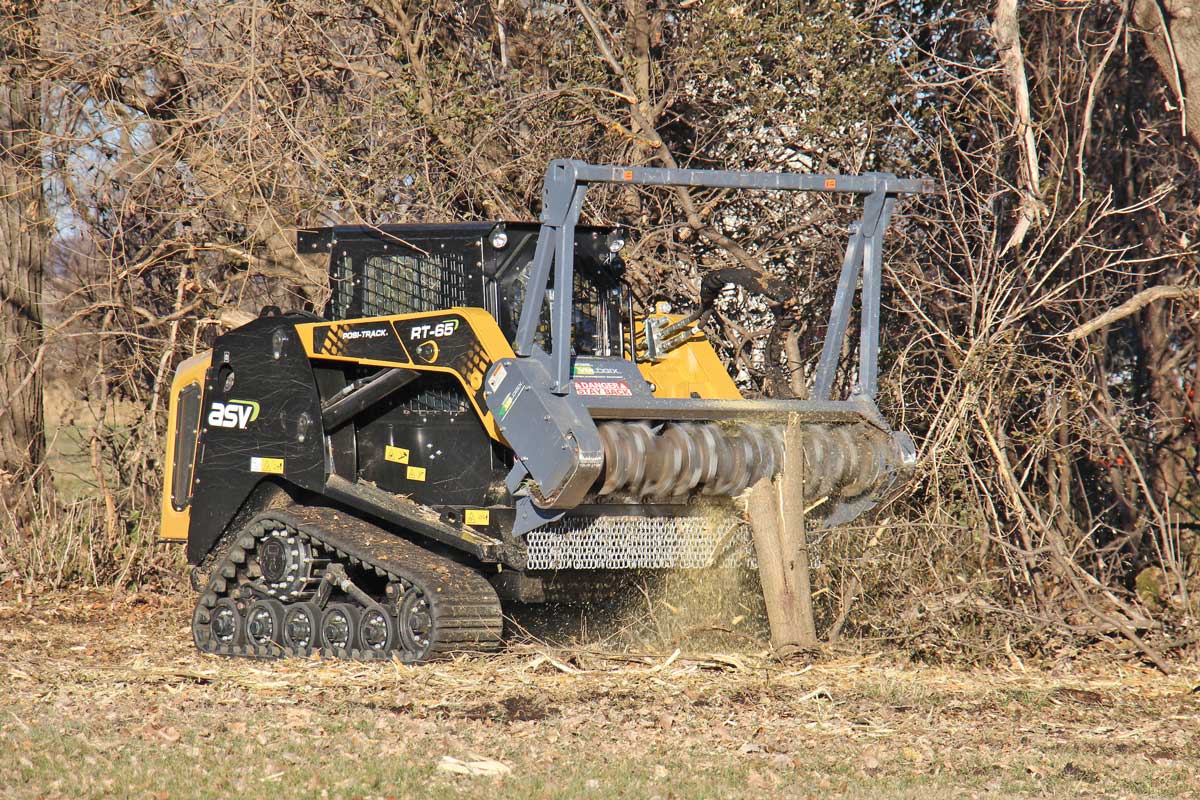Borrowing Attachments: How to Rent the Best Implement for Any Job
When you understand the dealer’s requirements, you can speed up the rental process to make sure it’s hassle free. Whether you’re renting to save on ownership costs, temporarily expand your fleet or try out new equipment before you buy it, here are some tips on how to make your rental process painless.
Find the Right Dealer
Visiting a dealer in person before renting any of their equipment or attachments can never hurt. You should see the condition of the equipment and meet the person you will be dealing with before you start talking terms. This process lets you see how knowledgeable they are and will give you an idea of how they are going to treat you. It’s also important that reputable, quality brand equipment is represented by the dealership. A dealer representative who listens, is detail oriented and has a sense of urgency is someone who can be a great asset to you. Look for these characteristics when you’re deciding which dealer you’ll rent from.
Ask Questions Before You Rent
It is amazing how many choices renters have today compared to just a few years ago, but sometimes the options can be overwhelming. There are myriad attachments in the industry. Over the past 20 years, we’ve seen the number of attachments grow dramatically. When I first started selling attachments, they had a limited purpose. Now there are attachments that can do any number of jobs that makes it easy for contractors and homeowners to find the perfect attachment for their work with some advice from the dealer.
Renters should first ask themselves what they are trying to accomplish. It is important to do some homework beforehand to figure out exactly what the requirements of the job are. Go on the internet. Ask a contractor. Then, after you’ve done your research, go to the rental house and tell them what you need. For instance, you can say, “I need to resod my yard. What will pick up rocks, put top soil down and then spread it?” Salespeople can be very helpful, but only if they understand what you are trying to do.
On top of finding the right attachment to fit a specific piece of equipment, it’s also important to remember that attachments can be used for various types of jobs and that many are available in different sizes. For example, augers for skid steers and rubber tire track loaders are available in widths from 6 to 48 in., and they can drill holes in soil, wood, ice or concrete. Cold planers can be 12 to 40 in. wide, and they are used in milling operations, highways and parking lots for blacktop and concrete restoration. If you understand the specifications and requirements of your job, it will be much easier to find the perfect attachment to get it done as quickly as possible.
Consider the Costs
You can rent attachments at small rental houses for as little as four hours. Other places will require a minimum of one day. For example, Southeastern Equipment rents by the day, week or month. A daily rental is eight hours, weekly is 40 hours and monthly is four weeks or 176 hours. The most common rental periods are for a couple of days to a week. Homeowners often rent equipment on a Friday, use it over the weekend and then return it on Monday. Rental houses will generally only charge them for two days, even though the customer will have three days of use. This option is helpful for both homeowners and contractors.
Renting a trailer should also be considered, as it will likely require additional insurance and increase the cost of your rental, usually by about $50 to $100 per day. Most rental houses offer delivery services to help reduce these costs. For example, Southeastern offers delivery services from $75 to $125 per hour, depending on the size of the attachment. A rental coordinator will help set up the rental and delivery time a day or two in advance, so that the delivery time will fit your schedule.
Renting is a great option if you don’t want the expense of owning a piece of equipment or just need it for a short period of time, but you should be realistic about your costs. You need to account for everything in order to keep the rental costs within your budget.

Don’t Forget about Maintenance
When an attachment is delivered or picked up from the dealer, it should be rental ready. If the attachment malfunctions at no fault of the renter, the dealer will come out and fix it at no cost. If damage is caused by the renter, the cost for repair must be their responsibility. The renter is billed for mileage and an hourly rate for the technician service time. Renters also have the option to repair it themselves.
Attachments have moving parts, and some even have their own engines or filters. Each one will have a maintenance checklist. Everything has to be maintained up to the manufacturer’s specifications. If you are planning on renting an attachment for a longer term, ask whether there is an option to have the dealer come out and provide the required service. If not, make sure you are keeping up with daily maintenance. Otherwise, you may find yourself responsible for additional fees or damages that can quickly eat into your profits.

If you are planning on renting an attachment for a longer term, ask whether there is an option to have the dealer come out and provide the required service.
Read the Fine Print
Renting equipment is a lot like renting a car. In order to rent an attachment, you need a driver’s license, insurance and cash or credit. If you don’t have insurance, then most rental houses will offer a loss damage waiver that would cover the equipment and is based off a percentage of the total rental rate. The loss damage waiver protects rented equipment against most causes of direct loss or damage during the rental period. Damage from neglect is not covered.
Before you’re allowed to rent, you will also have to sign a rental agreement that will detail fees, rates, taxes and any additional charges, including delivery or pickup. A form also needs to be signed that indicates you have a qualified operator to ensure safe operation of all equipment. You are responsible for complying with all of the terms and conditions and making sure that everything in the contract is correct. Before you leave, you should have a clear understanding of what your obligations are under the agreement, what you will owe for renting the equipment and when you will be responsible for any repairs or required maintenance.
Rental operations try to make the experience as straightforward as possible to keep things simple for the customer, despite all the fine print and legal jargon. Remember that most rental operations will strive to serve you efficiently and well because there is always somewhere else you can take your business to.
Heath Watton is the vice president of Southeastern Equipment Co. Inc.





